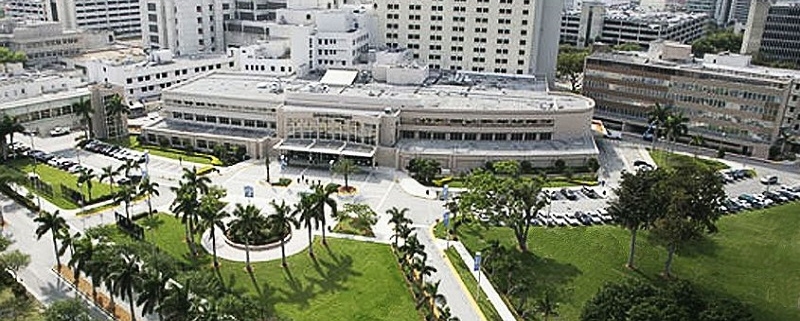On-Campus Medical Office Pricing Now Exceeds Off-Campus Assets
Limited availability of on-campus medical office assets has led to its pricing to uncustomarily exceed that of off-campus assets in Q1 2023 for the first time since Q1 2020, according to a report from Cushman & Wakefield.
Some are seeing the sector as a safe harbor during these challenging economic times.
Jason Anzalone, managing director of development, Cypress West Partners, tells GlobeSt.com that macroeconomic volatility has led investors to pursue safe harbor investment options.
“They have found them in on-campus medical office assets that provide immediate adjacency to acute care facilities, often have health system occupancy, and credit quality and assurances of long-tenured occupancy,” says Anzalone.
C&W’s report said that off-campus transactions have historically made up a good majority of transactions over on-campus facilities.
“With often limited land and many healthcare systems holding ownership of on-campus assets,” Cushman wrote.
Since 2020, off-campus transactions have held an average 5% premium over on-campus in terms of pricing. Occasionally, off-campus averages have fallen below that of on-campus – notably during Q1 2020 at the start of COVID-19 and now, in the preliminary values for Q1 2023, according to the report.
Average cap rates for on-campus assets have grown by 50 bps to an average of 5.5%, while off-campus has risen by 45 bps to an average of 6.5%.
“As with overall transaction volume, both on-campus and off-campus assets have dropped during the second half of 2022,” according to the report.
Volumes for both categories remained relatively strong compared to pre-pandemic historical levels during the middle two quarters last year.
On-campus transactions exceeded $800 million, while off-campus transactions were above $2.5 billion. In Q4, transactions in both categories were much more limited, with off-campus transactions falling by 50% while on-campus receded to only $696 million.
Source: GlobeSt.




